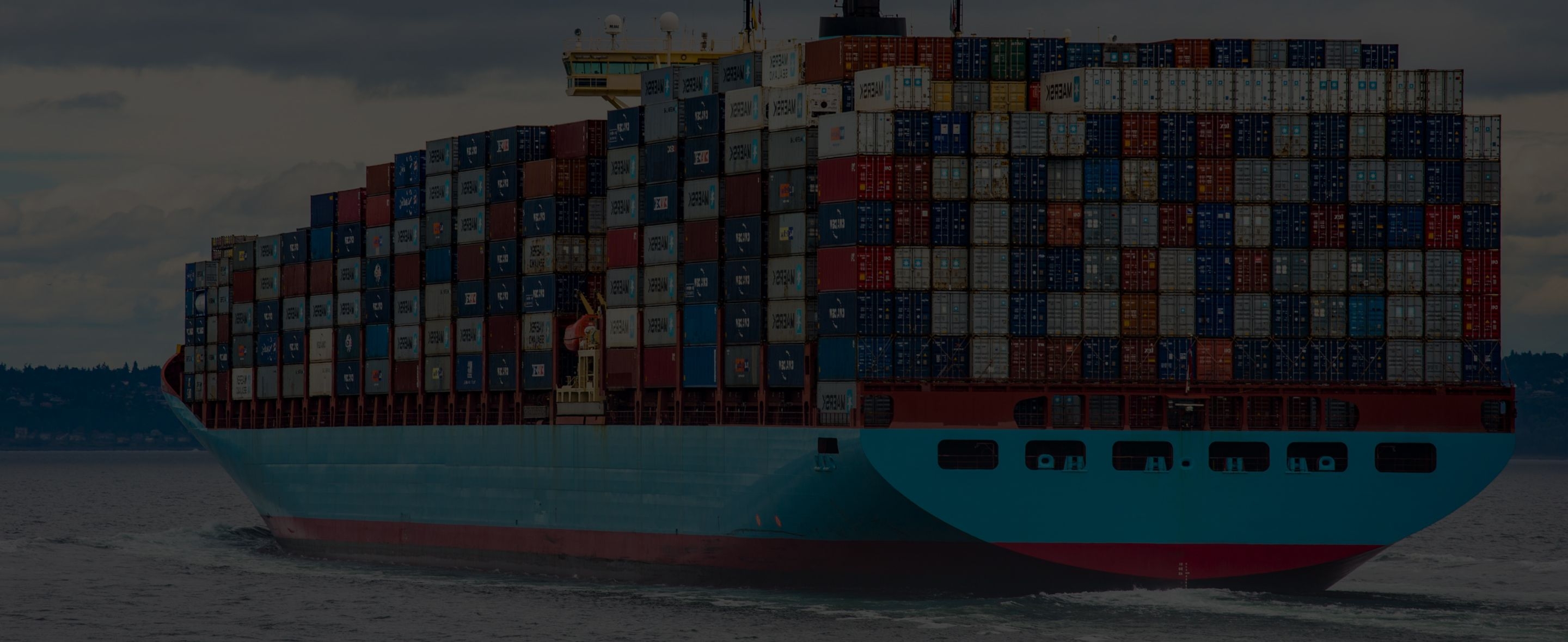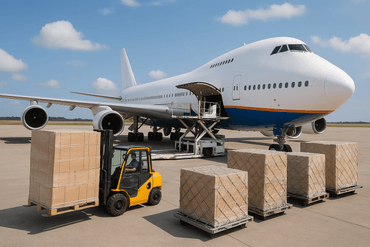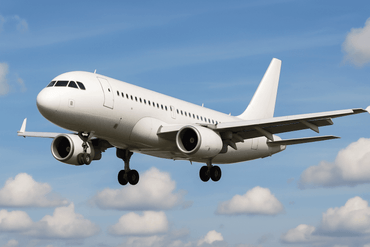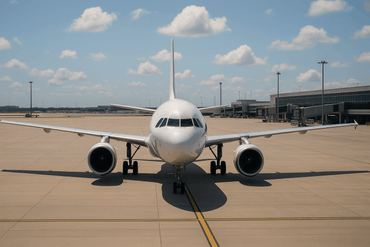
How Megaships Are Changing The Shipping Industry And Reshaping Ports



The shipping industry in 2016 seems to be all about mega proportions. The recently-completed Panama Canal expansion will see more 18,000 TEU vessels enter into operation this year. These so-called megaships reduce costs for carriers through fuel-efficiency. But they also introduce new requirements on ports, impact land-side operations, and can put stress on the whole logistics chain of containers.
Shipping lines are already reacting by forming shipping alliances. Will mega-ports be the eventual consequence? In the following, we look at how megaships are changing the ocean freight industry and re-shaping ports.
Megaships: The Race Is On
The trend started years ago when major shipping companies raced to build and operate large-capacity ships. Currently, the term ‘megaship’ is largely used for vessels with a capacity of 18,000 TEU (or over). But the quest does not stop there. 2016 saw a sustained demand for large-scale vessels; companies are already ordering the next generation of megaships. Major maritime consultants agree that 24,000 TEU vehicles will be the new standard and become operational in 2020.
The Seaside Advantages Of Large Vessels
The reasoning behind operating more and more megaships boils down to their cost-per-slot supremacy. Large vessels can deliver more cargo in one haul. That’s on top of reducing container shipping costs due to more fuel-efficient (yet slower) sailings. The most important requirement for this is, of course, that these megaships sail at full capacity.
The Disadvantages Are Land-Side
To stay competitive, megaships must be deployed on trade routes where they contribute to an efficient logistics chain . In 2015, this was largely the Asia-Europe routes. This resulted in a cascading effect on other trade routes, as smaller and older vessels get re-deployed elsewhere. The limitations of ports and landside operations inhibit the cost-savings of large-scale vessels. A 2015 analysis by shipping consultant company Drewry showed shrinking savings and growinginflexibility due to large vessels. Big ship carriers often expect that, for the sake of efficiency, terminals should be able to completely unload megaships within a day. This imposes challenges on ports and stress the whole logistics chain has to bear.
- The increased demand on turnaround time has to be satisfied by ports. Megaships introduce new levels of congestion and activity and require more land, and more labor or higher automation (leading to possible loss of jobs). Ports are the ones looking at how to finance the necessary upgrades.
- Megaships introduce costs that are likely to eat up savings. Additional costs include dredging, quay walls and infrastructure adaptations such as crane updates, bigger yards or rail and trucking connections.
- Megaships bring times of high and low activity to ports. This forces new levels of flexibility on the rest of the supply chain. During peak times, demand and stress on labor and equipment are high, only to ebb off the rest of the time.
- Shippers and ports are at risk due to large vessels. Shippers need to rely on lines for continued service. Ports fear losing large amounts of cargo business when shipping lines or alliance change port allegiance.
Megaports: Evolution And Adaptation To Large Vessels
As we can see, ports bear a lot of the stress introduced by megaships. Since shipping lines have made it clear that large-scale vessels are here to stay, ports have to face the new challenges and evolve, or adapt. The following is a brief overview of how ports in different regions are approaching the issue.
USA
Ports on both coasts are seeing significant investments to handle post-Panamax vessels: $30 million are going towards necessary dredging and infrastructure improvements. Additional measures seek to address congestion, throughput, and onward routing. As of now, the best-equipped ports to handling megaships in 2016 include:
- West Coast: Los Angeles and Long Beach, Seattle-Tacoma, Oakland
- East Coast: New York and New Jersey, Savannah, Virginia (Norfolk), Charleston
- Gulf Coast: Houston, Miami
![]()
Europe
European ports are game-ready for megaships. Spain’s Algeciras port is already equipped with cranes to handle large vessels. Already, in the first quarter of 2016, they cleared nearly 100 megaships. The majority of those called at the modern APM terminal. Second to that is the semi-automatic TTI terminal.
Rotterdam and London are seeing the installations of new cranes, with Rotterdam achieving a high level of automation as well in order to meet turnaround requirements. In Marseille, renovations to the tune of $70 million enter their final phase. Liverpool is constructing a new £300 million deepwater container terminal, which is expected to be fully operational by end-2016. Other European ports ready to accommodate megaships are Bremerhaven, Hamburg, Gothenburg, Aarhus, Wilhelmshaven, Antwerp, Gdansk and Felixstowe.
Asia
So far, only 20 ports in the world can receive 19,0000 TEU vessels. More than half are in Asia. That explains the large number of megaships nearly exclusively deployed on routes to and from Asian ports: Yangshan, Dalian, Xingang, Qingdao, Busan, Ningbo, Shanghai, Yantian, Tanjung Pelepas, Singapore, Kwangyang and Xiamen.
Required Measures
Large-scale vessels could very well be the nail in the coffin for upstream and city ports unable to accommodate them. The most common measures required to future-proof ports are:
- Ensuring water depth through dredging or locks
- Enhancing length and strength of quay walls
- Increasing crane and crane rail size
- Increasing yard space
- Improving container traffic, buffer capacity and onward routing
Future investments and innovations will certainly concentrate on terminal improvements with offshore ports and technology like the Sustainable Integrated Next Generation Advanced (SINGA) Port concept, which recently won the Next Generation Container Port challenge.
The Relationship Between Megaships, Megaports And Shipping Alliances
This multi-way relationship is probably best described with the paradigm “economies of scale”. From ships to ports to shipping lines, the trend in the industry is to go bigger. With new large-scale vessels on order already, a reversal of this process is out of the question.
Megaships bring more infrastructure costs as ports have to adapt. Yet taxpayers and investors are the ones bearing these costs. Megacarriers exert a huge power over ports as they can threaten to shift their cargo elsewhere if they don’t receive favorable rates and conditions.
How will a paradigm shift be possible, short of subjecting ship size to regulation? Some lines assume that advantages and disadvantages of megaships will calibrate themselves with the next generation of 24,000 TEU vessels. A feasible approach would be port pricing free from the grip of alliances where lines pay for the terminal costs they incur. Discounts not by volume, but for long-term loyalty, could also help mitigate risks for port and terminal operators.
Emergence of #megaships: Ports to adapt, evolve, or sink https://t.co/Md3PoDkYse #shipping pic.twitter.com/YB38ktqJ9c
— iContainers (@icontainers) August 25, 2016
Related Articles


